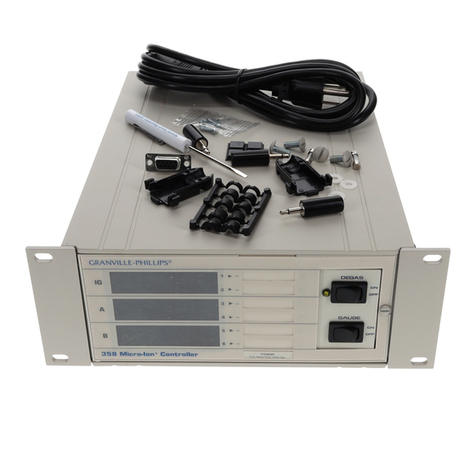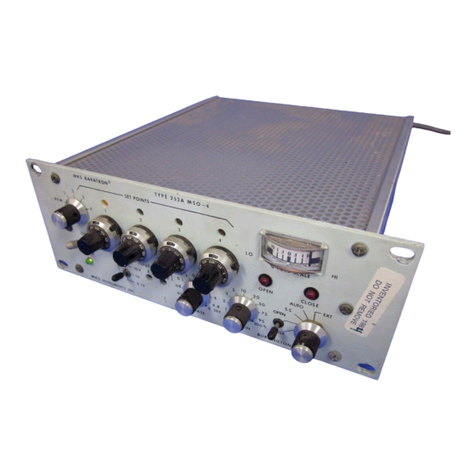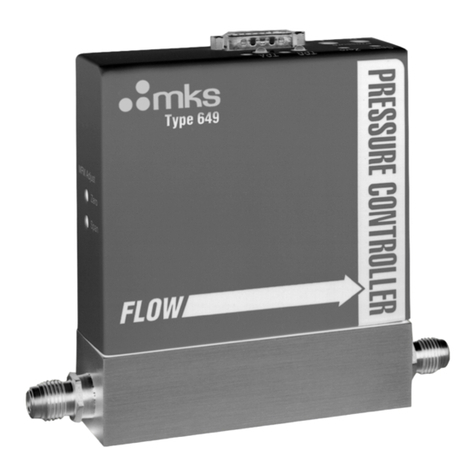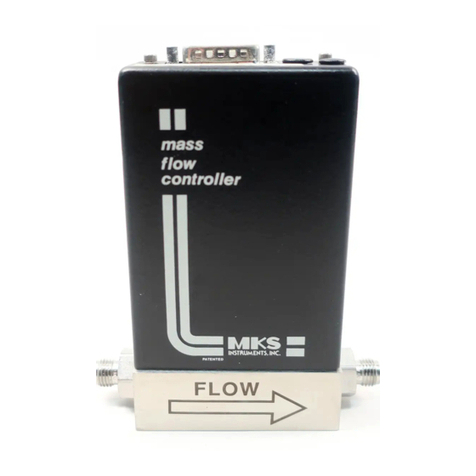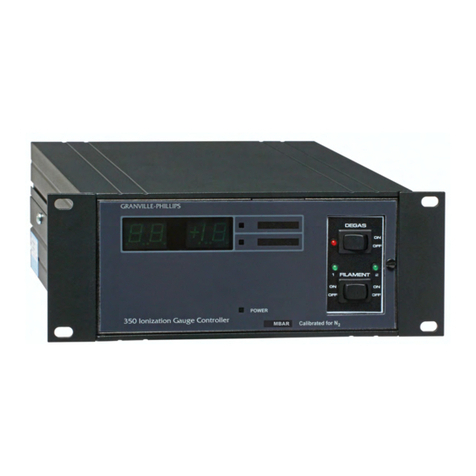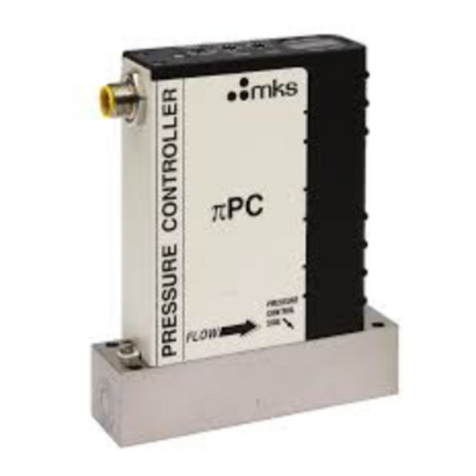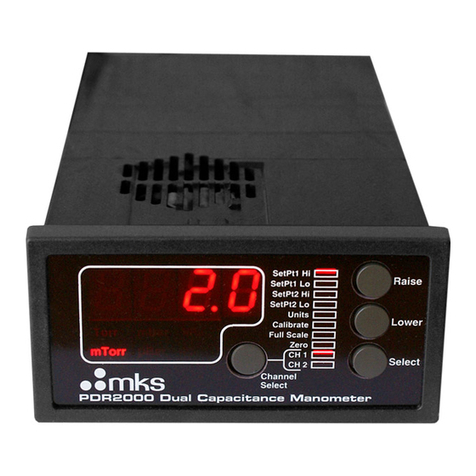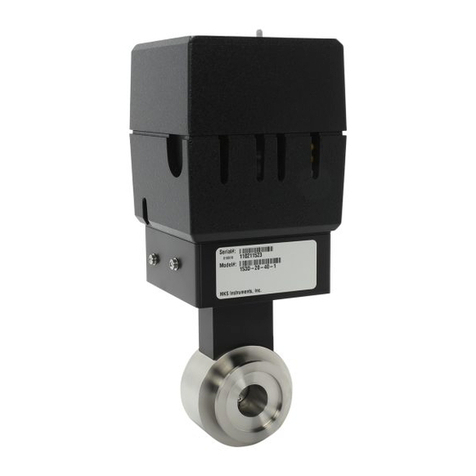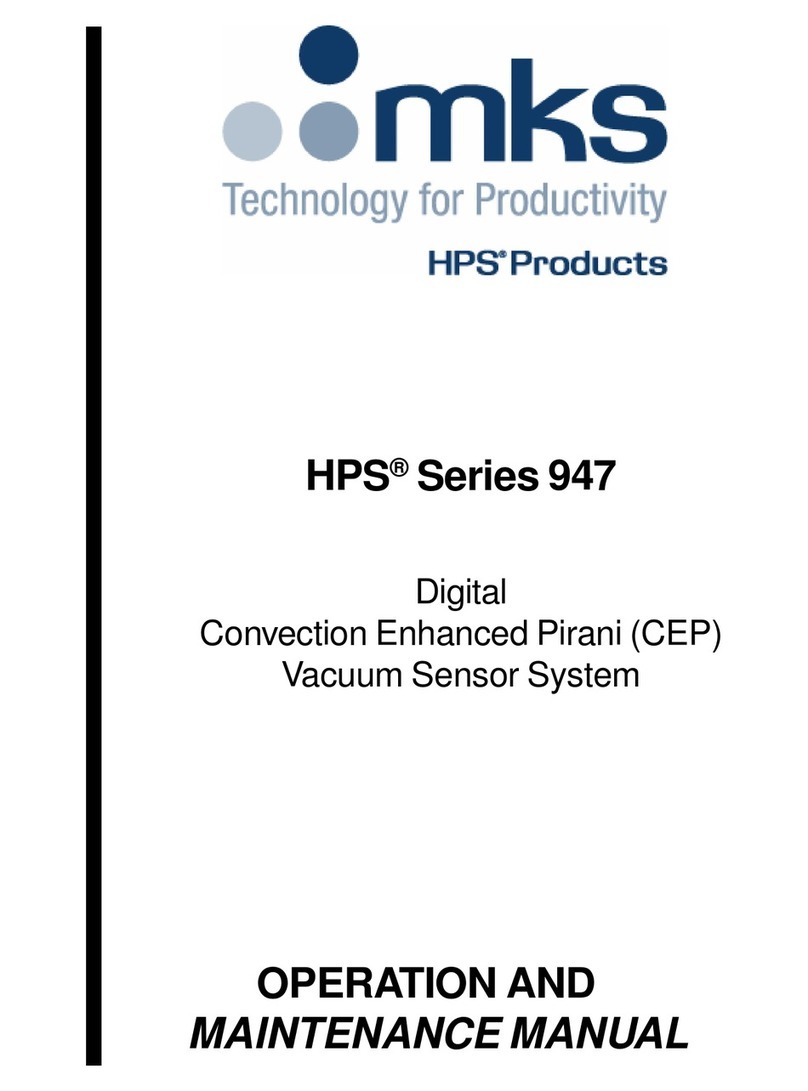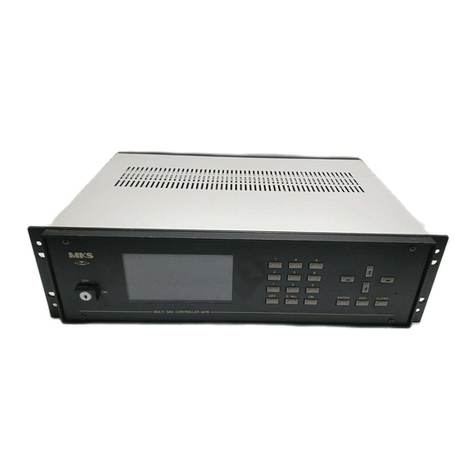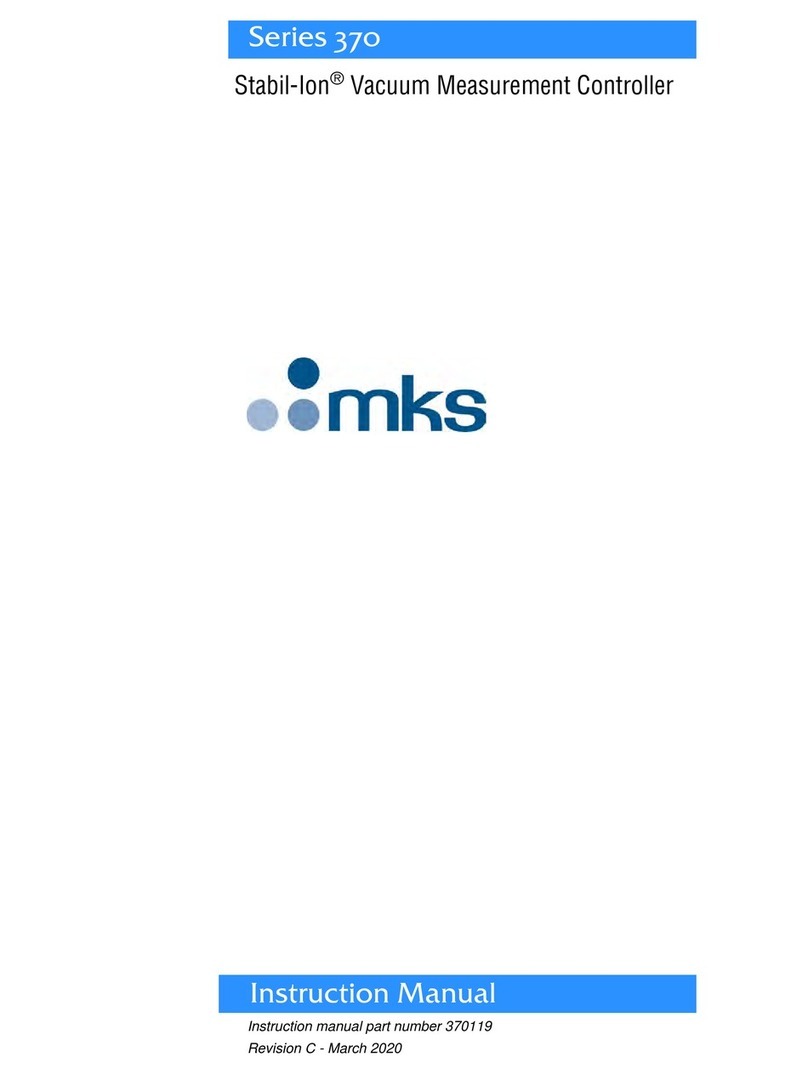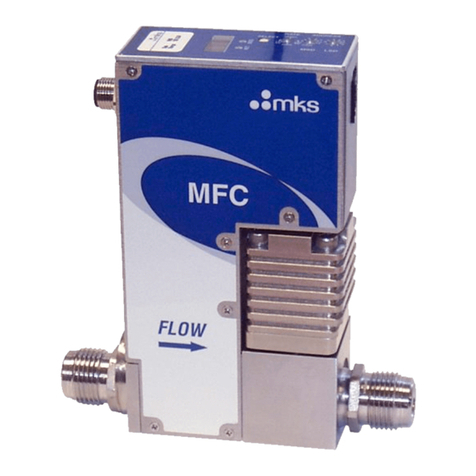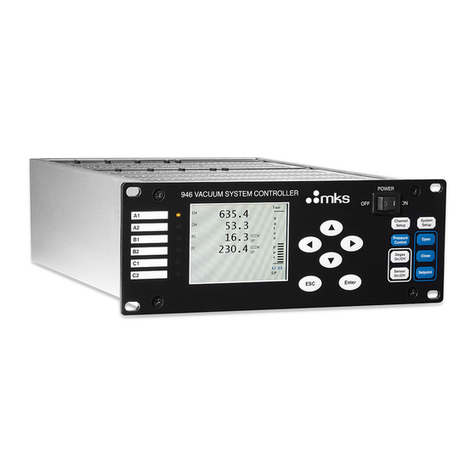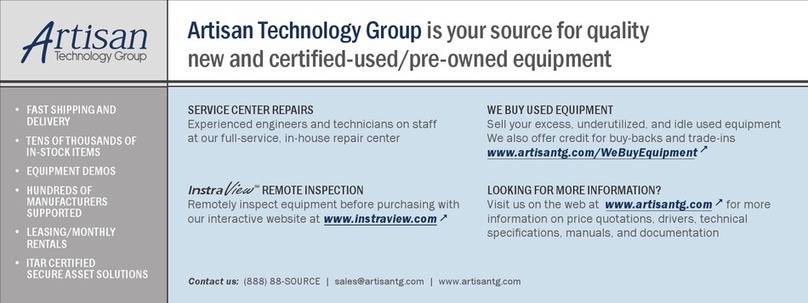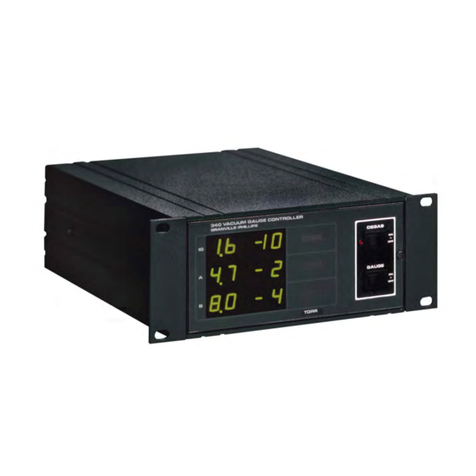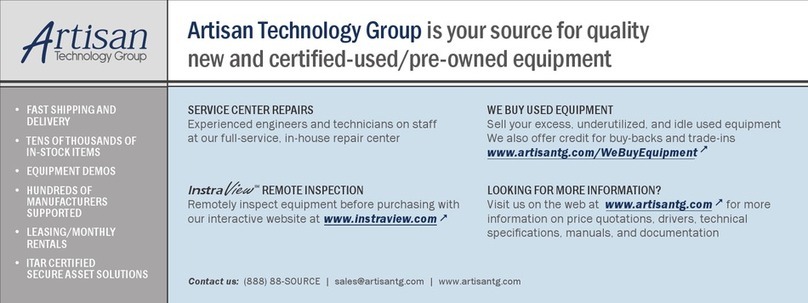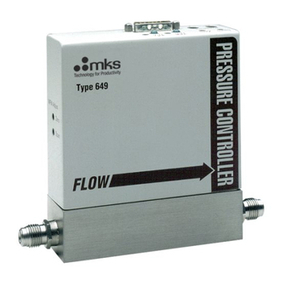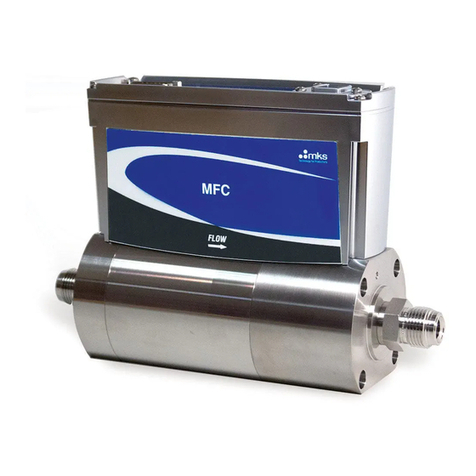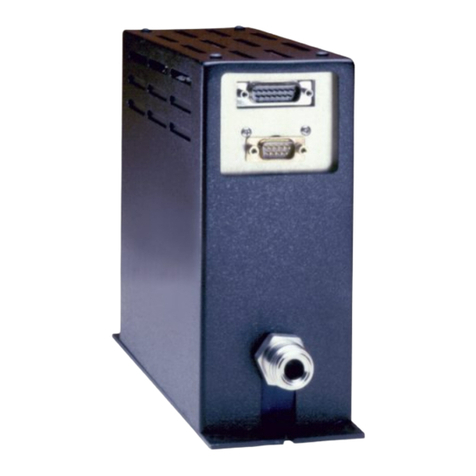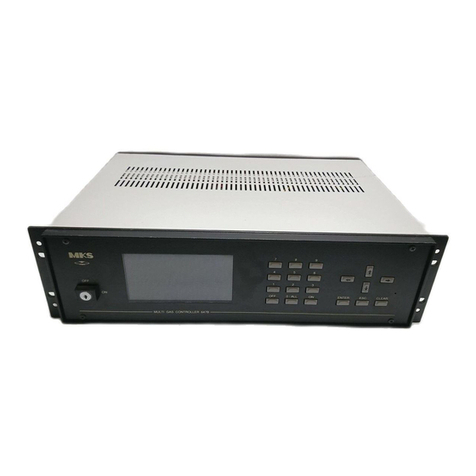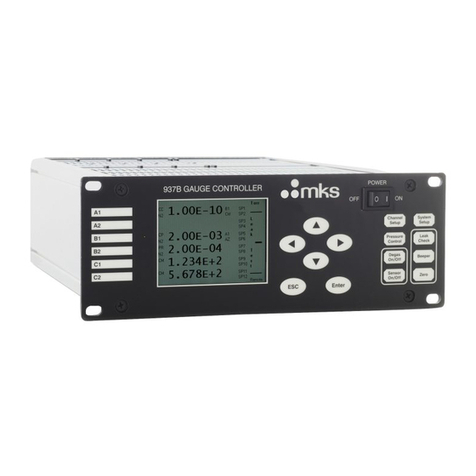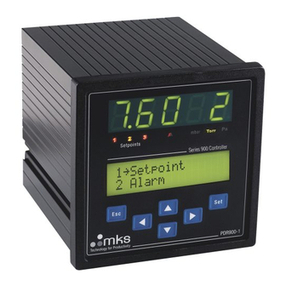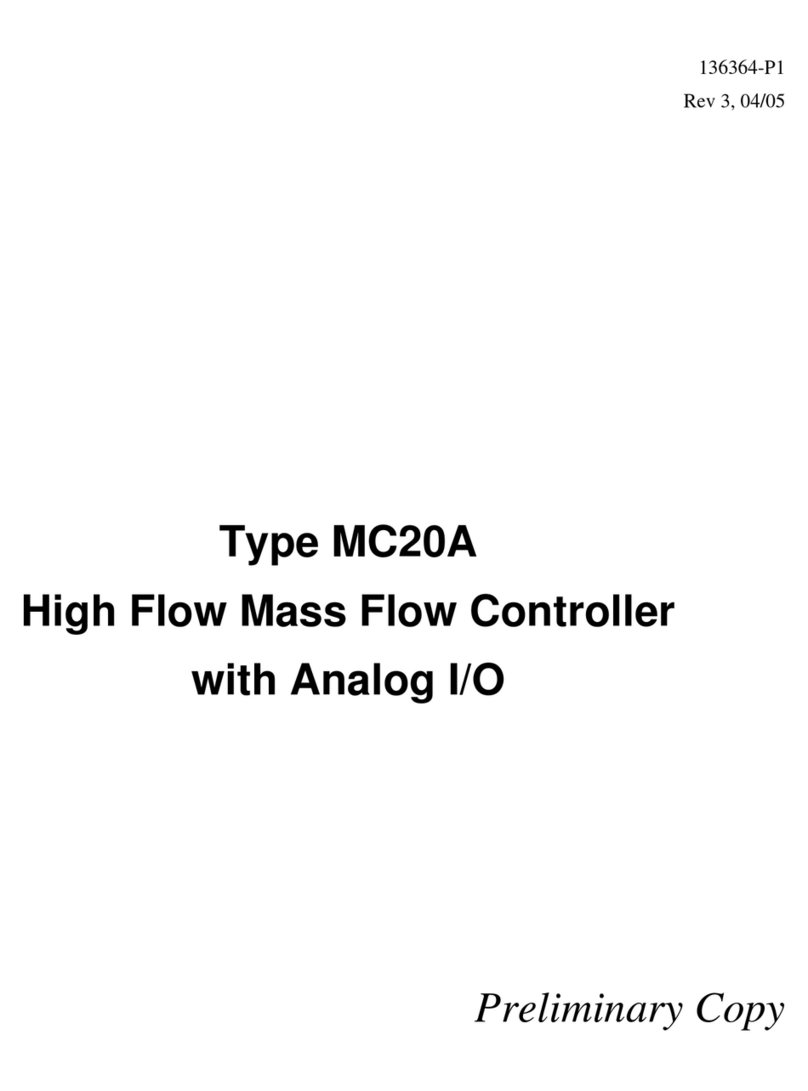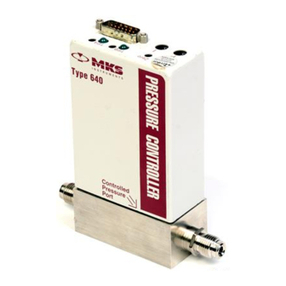
Table of Contents
i
Table of Contents
List of References...............................................................................................................................................v
Mass Flow Device Safety Information .............................................................................................................1
Symbols Used in This Instruction Manual ....................................................................................................................1
Symbols Found on the Unit...........................................................................................................................................1
Safety Procedures and Precautions................................................................................................................................2
Sicherheitshinweise für das Massenflussgerät.................................................................................................3
In dieser Betriebsanleitung vorkommende Symbole .....................................................................................................3
Erklärung der am Gerät angebrachten Symbole............................................................................................................3
Sicherheitsvorschriften und Vorsichtsmaßnahmen .......................................................................................................4
Informations de sécurité pour appareils de mesure/contrôle de débit massique.........................................5
Symboles utilisés dans ce manuel d'utilisation..............................................................................................................5
Symboles figurant sur l'unité.........................................................................................................................................5
Mesures de sécurité et précautions ................................................................................................................................6
Medidas de seguridad del dispositivo de flujo de masa..................................................................................7
Símbolos usados en este manual de instrucciones.........................................................................................................7
Símbolos hallados en la unidad .....................................................................................................................................7
Procedimientos y precauciones de seguridad ................................................................................................................8
マスフロー機器の安全に関する情報............................................................................................................11
本取扱説明書のマーク .............................................................................................................................................11
本機器のマーク .........................................................................................................................................................11
安全対策について .....................................................................................................................................................13
질량 유량 장치 안전 정보................................................................................................................................15
본지침 매뉴얼에 사용되는 기호들 .........................................................................................................................15
장치에 표시된 기호들 ...............................................................................................................................................15
안전 절차 및예방조치 ..............................................................................................................................................16
Chapter One: General Information ..............................................................................................................19
Introduction .................................................................................................................................................................19
How This Manual is Organized...................................................................................................................................20
Customer Support........................................................................................................................................................21
Chapter Two: Overview.................................................................................................................................23
General Information ....................................................................................................................................................23
How the MFC Works ..................................................................................................................................................24
Operation of the MFC with Gases other than Nitrogen...............................................................................................24
Chapter Three: Installation and Configuration...........................................................................................26
Unpacking ...................................................................................................................................................................26
Product Location and Requirements............................................................................................................................27
Dimensions - P9B.......................................................................................................................................................28
Serial Label..................................................................................................................................................................31
Installation Procedure..................................................................................................................................................32






